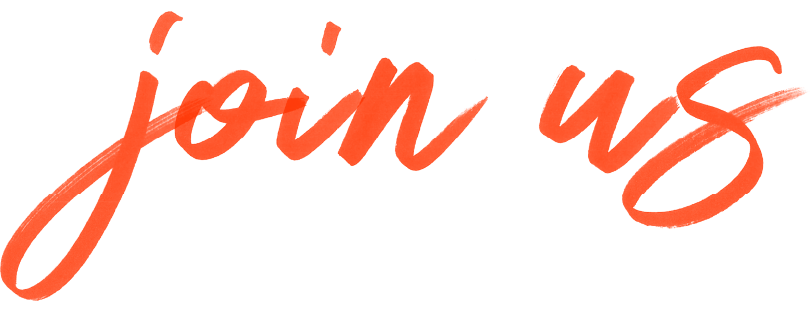50 Lessons After 50:
Leading an organization charged with innovation well requires the creation of a unique culture and unique personnel approaches
Organizations that are expected to deliver innovation consistently are comprised of individuals who, on average, differ in a number of important characteristics from those who gravitate to manufacturing, finance, marketing or sales and I am convinced that innovation in drug discovery differs in important ways from innovation in technology, fine chemicals or entertainment.
At least four elements make innovation in drug discovery and development different and more challenging than other types of industrial innovations. First, the timelines are dramatically extended in drug discovery and development compared to other innovative, industrial pursuits. It is well known that the average time for the development of a novel drug is about 16 years, but that tells half the story. The discovery process that leads to the first drug of a new mechanistic or chemical type is typically 20 plus years. Such timelines are vastly harder to comprehend than the two or three years to make a major technological advance or to script and film a movie.
The second major difference is the success rate and the timing of failures in the drug discovery and development industry. With traditional drug discovery platforms, the success rate is vanishingly small and varies depending on what is counted and who is counting. With newer more efficient platforms, the success rate is higher, but it is still true that most new product concepts fail, and they fail, not in the marketplace, but long before reaching the market. The combination of extraordinarily long timelines and the limited success rate drive pessimism and actually can mean that scientists can work a lifetime in the drug development industry and never experience the thrill of being involved with the development of an innovative new drug that is commercialized.
The third key difference is the type of risk encountered. Eventually, if a product concept is successful, the drug must be tested in humans and even if all the rules are followed and experts with broad experience lead the effort, adverse events can and do happen. The thought that one might leads to a great deal of caution and decisions that are often emotion laden.
The fourth key difference is the regulatory environment and the consequences of regulatory missteps. Because patients are at risk, the drug discovery and development industry is the most regulated industry and regulatory requirements and processes vary from country to country and within the FDA, division by division. Further, public companies also must comply with SEC and other financial regulations that demand public exposure long before all the facts are known.
by Dr. Stan Crooke

We cannot do
this alone
Together we are changing the world—
one patient at a time
We hope that you join us on this journey to discover, develop and provide individualized antisense medicines for free for life for nano-rare patients. The ultimate personalized medicine approach – for free, for life.
Follow us on social for updates on our latest efforts

 Previous
Previous
